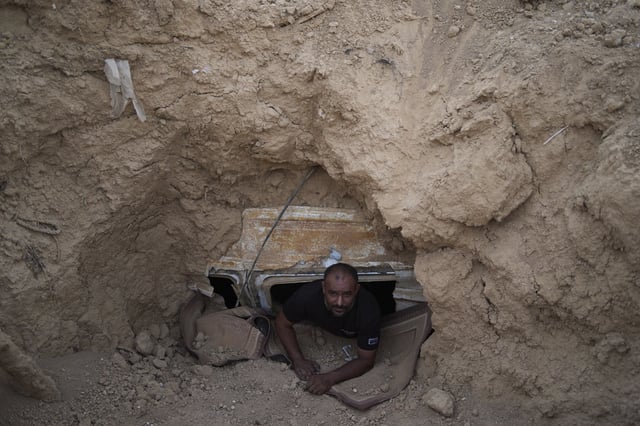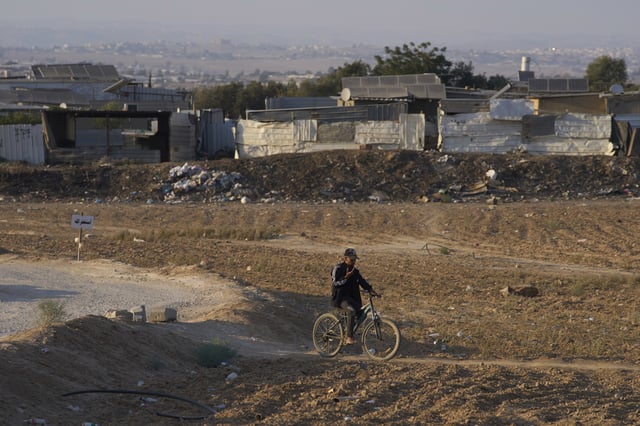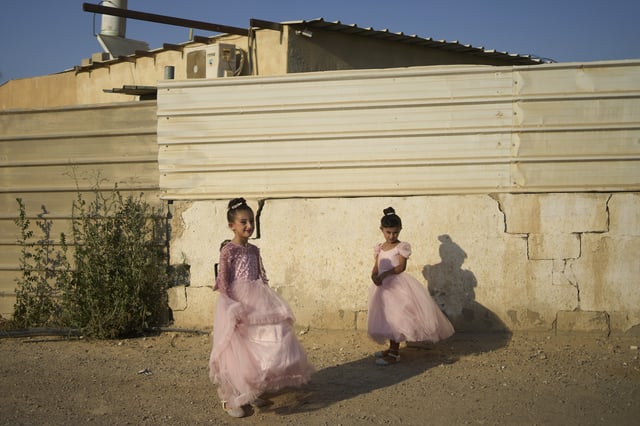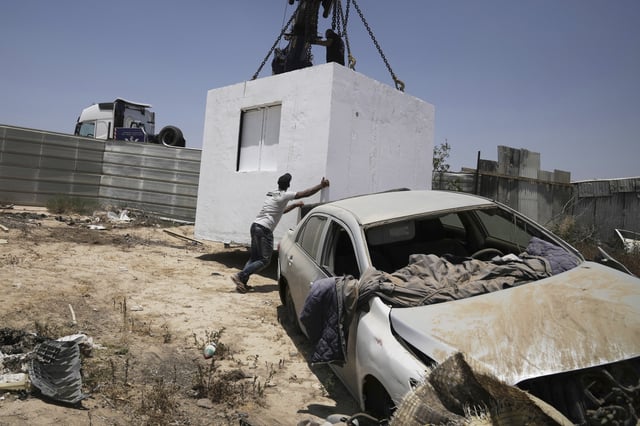Overview
- Over two thirds of Israel’s 300,000-strong Bedouin population lacks official bomb shelter access because unrecognized villages cannot obtain building permits.
- During last month’s 12-day conflict with Iran, families dug out and buried cast-off buses, steel containers and construction debris to create makeshift shelters that offer limited protection.
- Home Front Command says it will supply dozens of temporary mobile bomb shelters in the coming months, though these units are not designed to withstand ballistic missile strikes.
- Community members report recurring demolition orders for unauthorized structures and are lobbying for legal rights to build permanent, engineered protected rooms.
- Bedouin villages receive no basic state services such as electricity or water and have far fewer public shelters compared with nearby Jewish towns of similar size.



